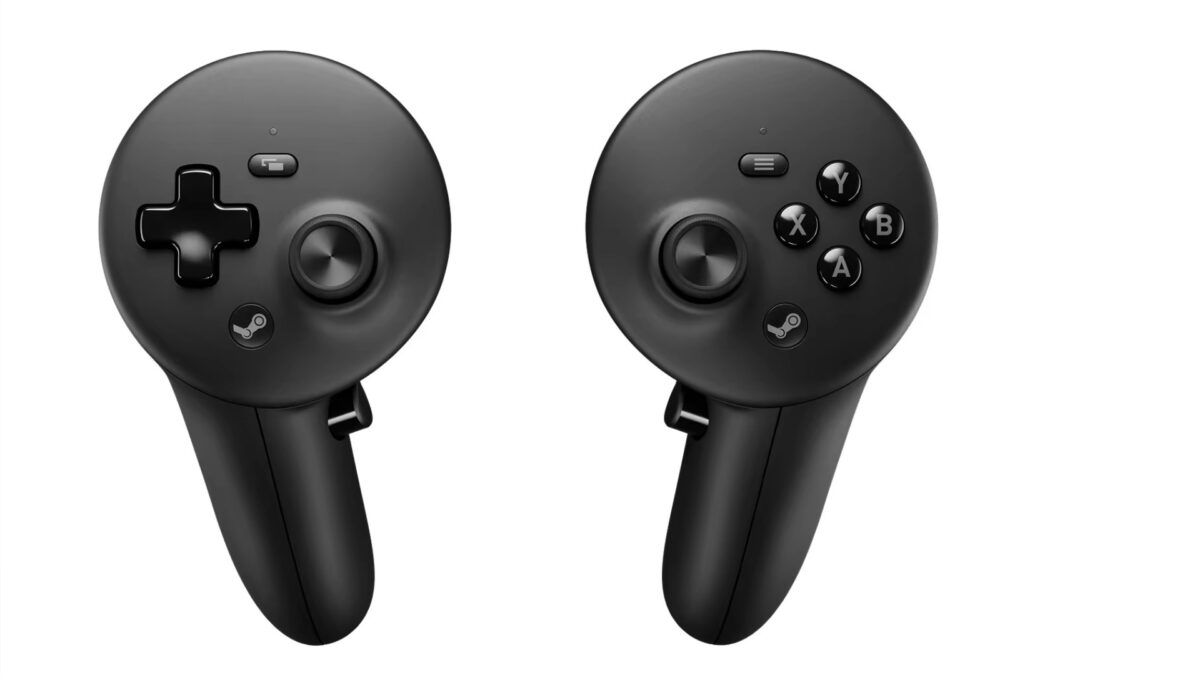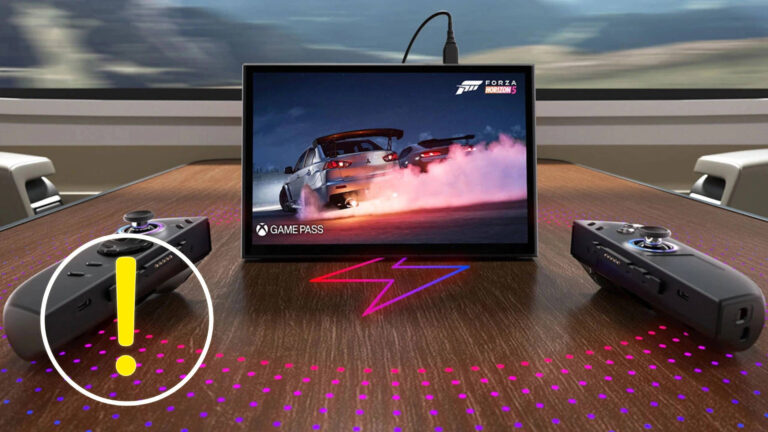Lightweight, modular, and powerful: Valve’s new Steam Frame VR headset is built on ARM tech, pancake lenses, and a smart streaming design.
Steam Frame marks Valve’s return to VR in early 2026, and with it, the company is officially cutting the cord. The headset blends standalone VR, PC-VR streaming, and traditional flat-screen gaming into a light, modular package. Here’s a full breakdown of its tech, controls, and who Valve is targeting.
What is the Steam Frame?
Steam Frame is Valve’s first new VR headset since the 2019 Valve Index. Unlike its predecessor, Valve is now betting on a fully wireless hybrid approach: the headset works on its own, but can also connect to a PC — either via Wi-Fi streaming or through games installed directly on the headset. The internal hardware is heavily inspired by Valve’s Steam Deck handheld but upgraded with modern VR displays and a new controller design.
Release: When is Steam Frame coming out?
Valve says Steam Frame is slated for a spring 2026 launch — alongside the new Steam Machine and Steam Controller. Pricing isn’t final yet, but Valve is currently targeting a mid-range price point below the 1,000 Dollar mark. Two storage sizes will be available: 256 GB and 1 TB. Storage can also be expanded via MicroSD card.
How does Steam Frame work?
The headset runs a customized version of SteamOS and uses Qualcomm’s Snapdragon 8 Gen 3 — a current high-end mobile processor paired with 16 GB RAM. That’s enough power to run many traditional Steam games natively on the headset. For graphically demanding titles and VR experiences like Half-Life: Alyx, you’ll still need a gaming PC.
A dedicated streaming system with eye tracking and a Wi-Fi 6E adapter lets PCs beam content wirelessly to the headset. It uses “foveated streaming”: only the area you’re looking at is transferred in full resolution. This is enabled by a built-in two-camera eye-tracking system.
What game modes does the headset support?
Steam Frame supports four play modes:
- Standalone VR: Games run directly on the headset.
- Standalone flat-screen: Traditional Steam titles in a virtual theater mode.
- PC VR streaming: High-end VR titles streamed from a PC.
- PC flat-screen streaming: Standard games can also be streamed.
All modes blend seamlessly, according to Valve — no restarts or manual switching required.
What hardware is inside the Steam Frame?
The core of the headset is a swappable “compute module” featuring:
- Two LC displays at 2160 × 2160 pixels per eye
- Pancake lenses with roughly a 110-degree field of view
- Refresh rates from 72 to 144 Hz
- IPD adjustment via dial
- Eye tracking for optimized streaming
- Microphones, speakers, and cooling modules
Despite all this hardware, the compute module weighs just 185 grams. With battery and headstrap attached, the full unit comes in at around 440 grams — noticeably lighter than the Meta Quest 3 (515 g) or Apple Vision Pro (up to 800 g).
How does streaming work?
Valve includes a USB dongle that acts as a 6-GHz Wi-Fi transmitter for PC-VR streaming. The goal: a stable, low-latency connection without requiring users to tweak their home network. You can also use your own Wi-Fi 7 router if you prefer.
Thanks to eye tracking, the streaming compression focuses on the area you’re looking at, delivering high image quality even with limited bandwidth. The baseline bitrate is around 250 Mbit/s.
How is the headset designed?
Steam Frame uses a modular design:
- Compute module: Houses processor, storage, and displays
- Headstrap: Contains battery and speakers, fully removable
- Ergonomics kit: Optional hand straps and secondary headstrap
- Expansion port: For accessories like cameras or color passthrough modules
The headset is built with glasses wearers in mind, offering a removable face pad and space for corrective lenses, which Valve plans to sell later.
What controllers does it use?
Valve developed dedicated controllers for Steam Frame. They combine classic gamepad elements (D-pad, sticks, ABXY buttons) with VR-specific features:
- Grip and trigger buttons (two per side)
- Capacitive sensors for finger tracking
- Magnetic, drift-free thumbsticks
- Full compatibility with your entire Steam library
The controllers run on a single AA battery, which Valve says should last up to 40 hours. The new Steam Controller is also recognized by the headset and can be tracked in VR space.

What about mixed reality and hand tracking?
Mixed-reality features like color passthrough or hand tracking aren’t a priority for Valve. Steam Frame uses monochrome cameras for inside-out tracking and doesn’t currently support RGB passthrough. Valve says its focus is classic VR and PC gaming. Still, Steam Frame includes an expansion port: up to two 1.5 GB MIPI cameras or one PCIe Gen 4×1 camera can be connected, potentially enabling full-color mixed reality in the future.
Steam Frame Verified: Which games are compatible?
Steam Frame technically supports the entire Steam catalog — flat-screen and VR titles alike. However, not every game will run natively on the headset. Valve plans to expand its “Steam Deck Verified” program with a “Steam Frame Verified” label so players can quickly see which titles run directly on the device.
To emulate Windows games on the ARM processor, Valve is combining the familiar Proton layer with a new system called “FEX,” which translates x86 code to ARM.
Who is the Steam Frame for?
Valve is aiming Steam Frame at a broader audience than the Index, which is no longer being manufactured but will continue receiving support. The headset mixes the flexibility of a standalone device with the power of a PC-VR rig — no cables, no base stations, no complicated setup. If everything works as smoothly as Valve claims, Steam Frame could finally deliver the frictionless VR experience no headset has nailed so far. Even Quest 3 can be finicky when streaming PC-VR games. For anyone sitting on a big Steam library and looking for a more comfortable VR setup, Steam Frame could be a strong fit.
But: Valve is making trade-offs. Resolution, displays, and lenses are basically on par with Quest 3 — which might disappoint at first glance. While Samsung’s Galaxy XR, Apple Vision Pro, and even the aging PlayStation VR2 offer deep blacks and vibrant colors thanks to OLED, Steam Frame sticks with LC displays. Valve says its pancake lenses absorb too much light for OLED. On the upside, users can expect exceptionally clear visuals with almost no reflections.
Why Valve only offers grayscale passthrough and sidesteps advanced mixed reality entirely is beyond me. Still, I’m convinced Steam Frame will find an audience thanks to its seamless Steam integration and broad feature set. Meta should pay attention — VR gaming now officially has two heavyweight platforms.










